3 Baking Ammonia Alternatives That Work in Cookies
Substitutes for baking ammonia often provide much-needed alternatives for this traditional leavening agent when it's unavailable in local stores.
Locating this old-world ingredient can be challenging despite its unique properties that create exceptionally crisp cookies and crackers.
The good news? Several practical options can mimic its effects in most recipes without compromising texture or flavor.
These alternatives might not perfectly replicate the distinctive crispness, but they still yield delicious results for most baked goods.
Professional pastry chefs sometimes combine different leavening agents to achieve similar characteristics in their creations.
The science behind these substitutions involves understanding how each option creates carbon dioxide bubbles during the baking process.
Next time a recipe calls for baking ammonia, these alternative ingredients will help ensure your treats turn out wonderfully without any special shopping trips.
Signs You Need a Substitute for Baking Ammonia
Baking ammonia, also known as ammonium carbonate, is a classic leavening agent used in old-fashioned cookies and crackers, but there are clear signs when you’ll need a substitute to keep your baked goods rising and tasty:
Practical Baking Ammonia Substitutes
Baking ammonia alternatives help cookies stay crisp and light, keeping old-fashioned recipes alive. Each one delivers a slightly different texture. Explore the options ready to bring back that charm.
Baking Soda
Baking soda stands as a popular descendant of baking ammonia, sharing its fundamental role as a leavening agent in recipes.
This alkaline compound creates magic when mixed with acid, forming carbon dioxide bubbles that get trapped in dough and make it rise beautifully during baking at temperatures above 80 degrees Celsius.
While not as powerful as its ancestor, baking soda works effectively as a substitute when used in proper proportions - typically 1/4 teaspoon of baking soda replaces 1 teaspoon of baking ammonia.
Baking Powder
Baking powder stands as a staple ingredient in kitchens worldwide, offering an affordable and effective way to create perfectly risen baked goods.
This common pantry item serves as a modern replacement for traditional baking ammonia, working through its unique combination of acid, base, and buffering agents to produce carbon dioxide bubbles that expand dough during the baking process.
For home bakers looking to substitute, a simple 1:1 ratio works well in most recipes without compromising texture or taste.
Testing your baking powder's freshness only takes seconds - just add a teaspoon to hot water and watch for bubbling, which indicates it's still active and ready to use.
Cream Of Tartar
Cream of tartar offers bakers a secret weapon for creating perfectly risen treats with its ability to stabilize egg whites and provide that melt-in-your-mouth texture everyone loves.
This powdery ingredient, known scientifically as tartaric acid, works magic when combined with baking soda to create a powerful leavening agent that releases carbon dioxide during baking.
Many people don't realize how versatile this pantry staple can be, especially when traditional recipes call for baking ammonia - simply mix half a teaspoon of cream of tartar with a quarter teaspoon of baking soda for an excellent substitute.
Impact on Taste and Aroma When Swaping Ammonia: What Changes to Expect
Swapping baking ammonia for modern leavening agents like baking powder or baking soda changes both the taste and aroma of your baked goods, and knowing what to expect helps you avoid surprises and get the best results from your cookies or crackers:
Baking Ammonia Substitutes: Your Questions Answered
1. Can I use baking powder instead of baking ammonia in traditional European cookies?
Yes, but cookies will be softer and less crisp, great for softer cookies, but not the same old-world crunch.
2. What’s the best substitute for baking ammonia in crackers?
Baking powder works, or use a mix of baking soda and cream of tartar for lightness and some crunch.
3. Are baking ammonia substitutes suitable for gluten-free baking?
Yes, all listed substitutes are gluten-free, just check other ingredients in your recipe.
4. Will a substitute affect the color of my baked goods?
Not significantly, but cookies made with baking ammonia can be a bit paler, substitutes may brown more.
5. Can I use both baking powder and baking soda together as a substitute?
Yes, sometimes using both gives a better rise, combine 1/2 teaspoon baking soda with 1 teaspoon cream of tartar per teaspoon of baking ammonia.
6. How should I store baking ammonia substitutes?
Keep baking powder and soda tightly sealed in a cool, dry place for maximum leavening power.
7. Can I use baking ammonia substitutes in cakes and breads?
Yes, but they may make cakes slightly denser, baking ammonia is best for thin, crisp cookies and crackers.

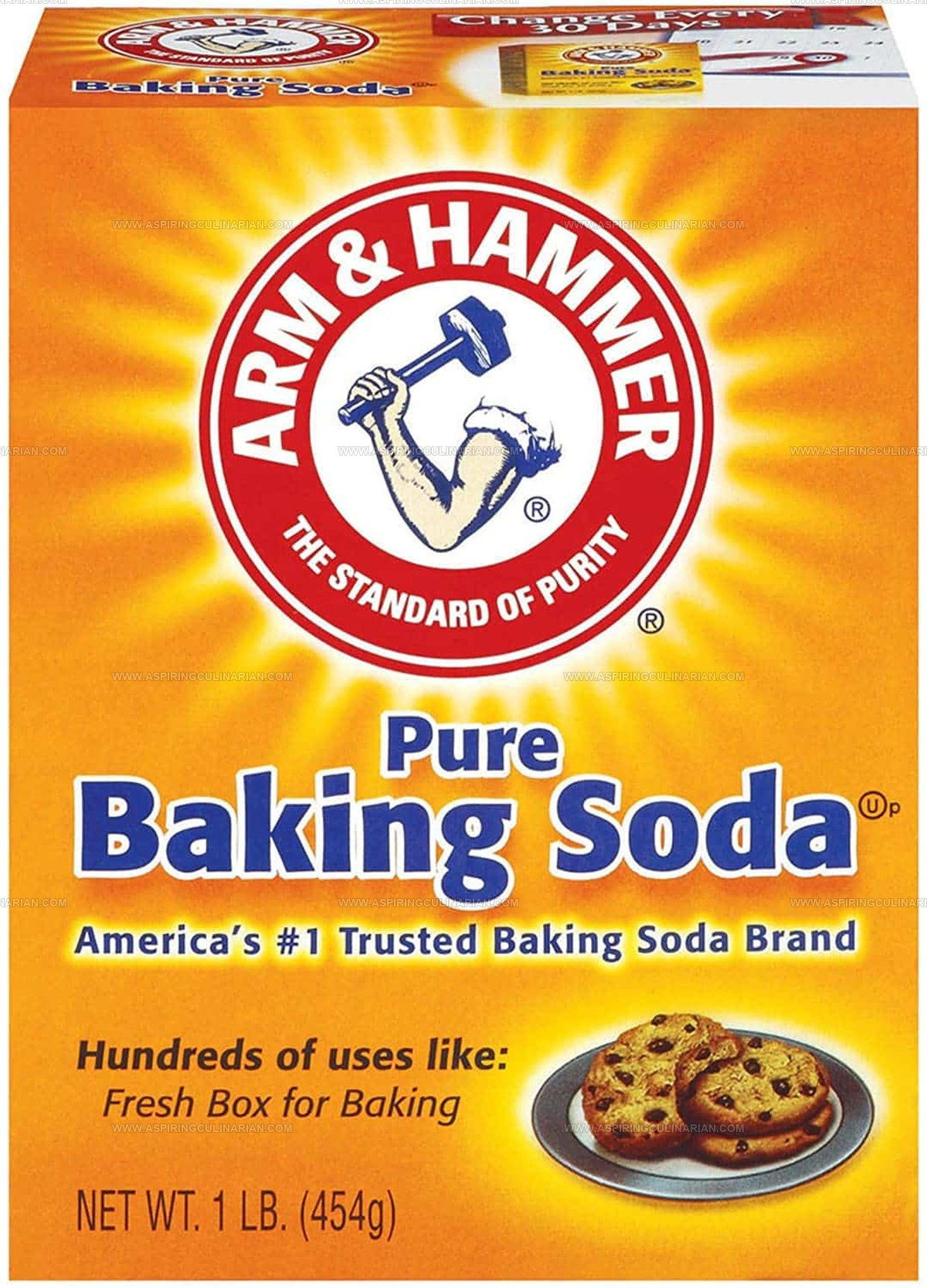
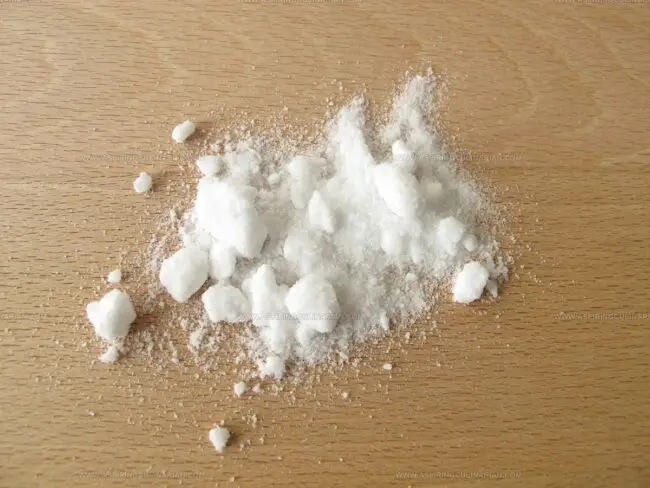
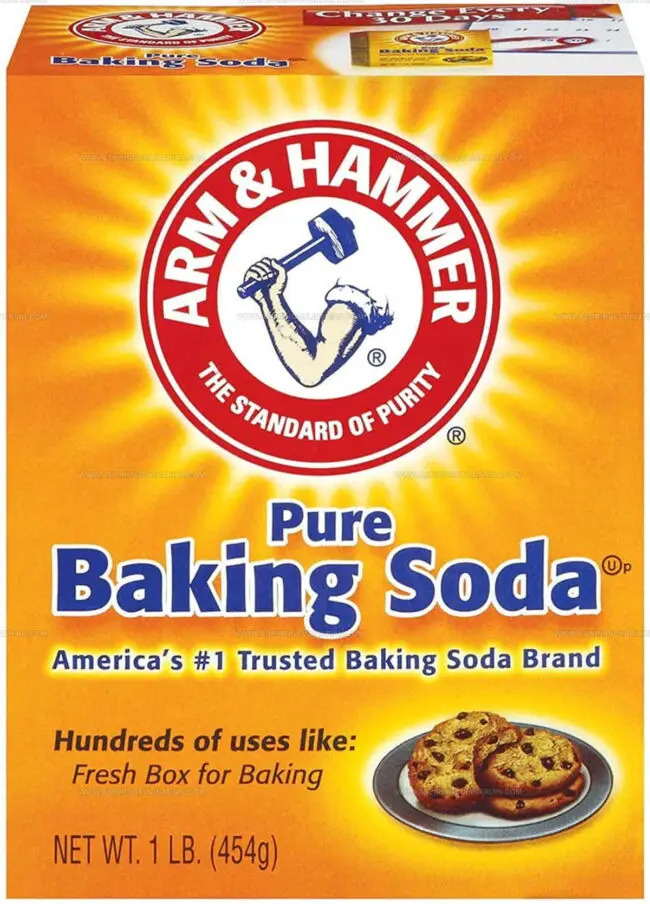
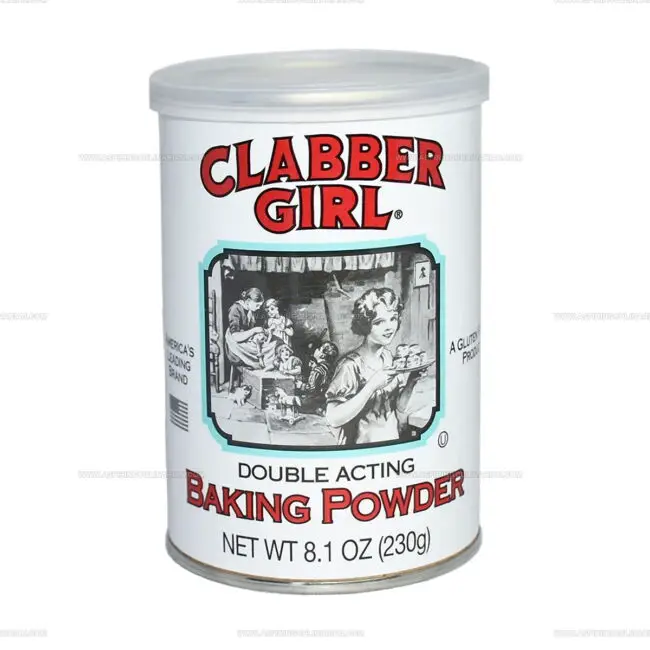
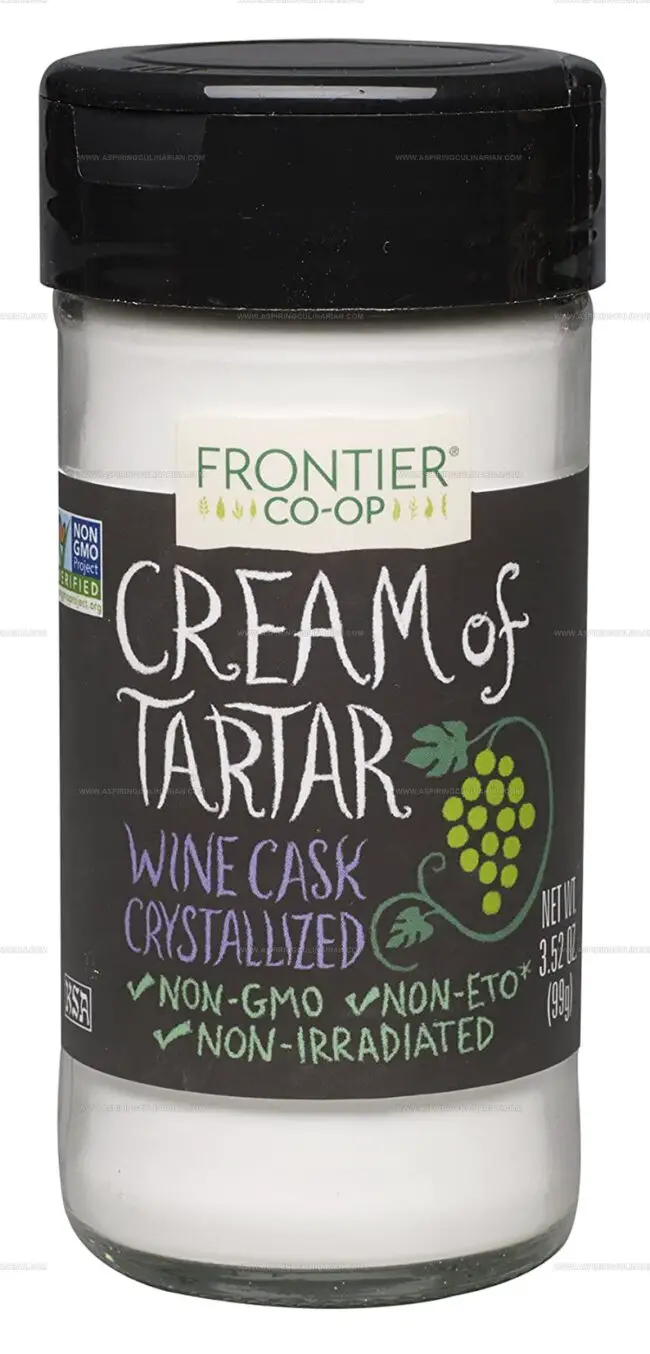
Nathaniel Brooks
Founder & Recipe Developer
Expertise
Farm-to-table cuisine, Seasonal recipe development, Culinary storytelling
Education
Ivy Tech Community College – Indianapolis, IN
Culinary Arts / Hospitality Administration & Events
Focused on hands-on training in classical and modern culinary techniques.
Nathaniel’s story starts in the foothills of the Appalachian Mountains, where farm stands, backyard gardens, and old family recipes shaped his love for real food. After graduating from Ivy Tech Community College in Indianapolis, he spent years working in farm-to-table kitchens, learning how to turn local, seasonal ingredients into something memorable.
Today, Nathaniel pours that same spirit into every single recipe on Aspiring Culinarian – recipes that feel real, comforting, and connected to the land. When he’s not in the kitchen, you’ll find him foraging wild herbs, chasing sunsets with his camera, or writing about the flavors that shaped his roots.